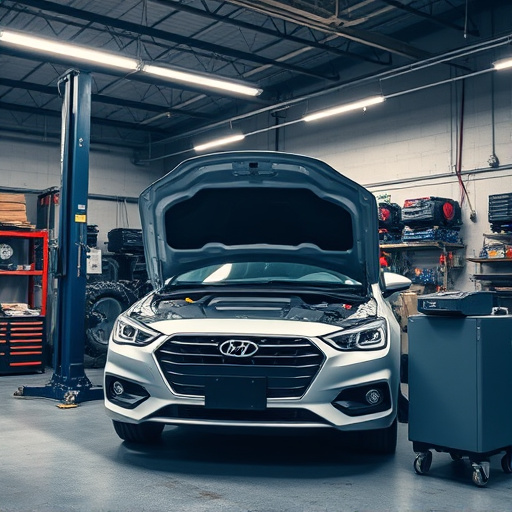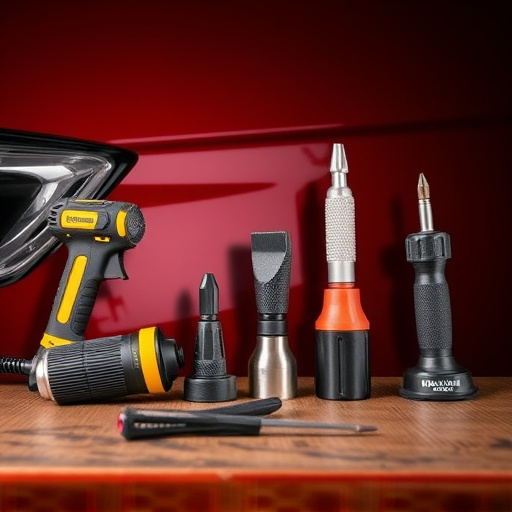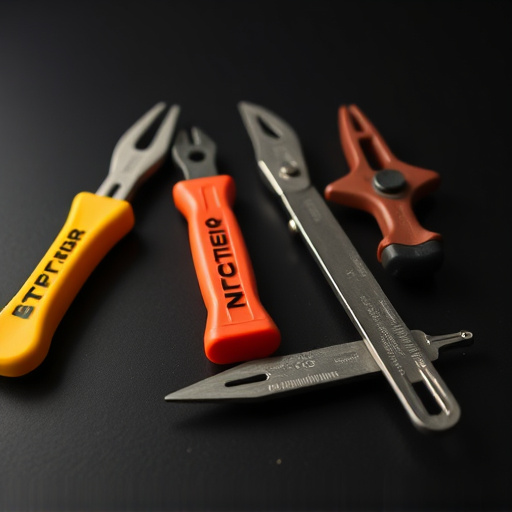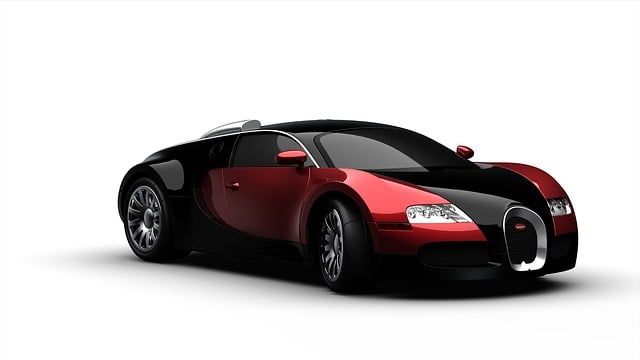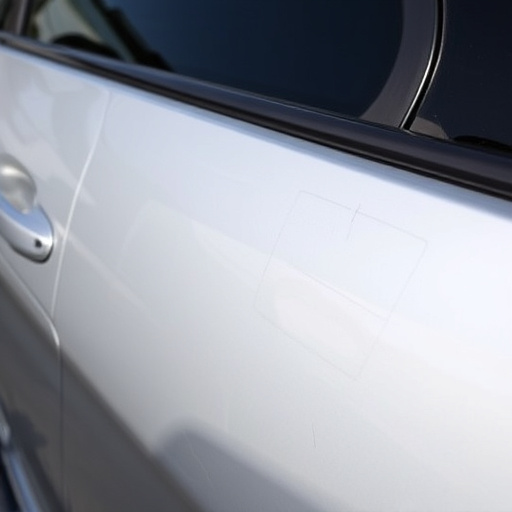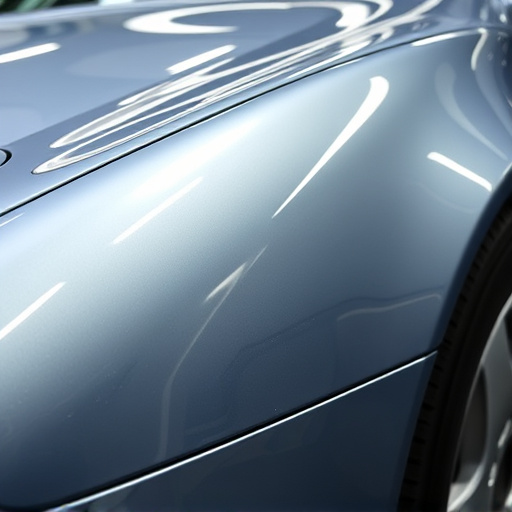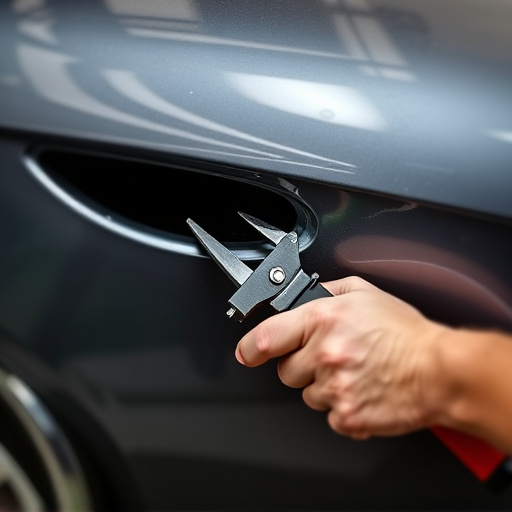Electric vehicles (EVs), though quieter than conventional cars, still face noise challenges from mechanical components, aerodynamics, and structure. Body panel insulation is a critical solution for enhancing tranquility within EV cabins, meeting environmental noise standards, and improving passenger comfort, especially in urban environments. Effective insulation involves strategically placing high-performance materials to block or absorb sound waves, contributing to a refined ride experience. Designers and manufacturers should integrate insulation during the initial design phase, while maintaining structural integrity, along with regular maintenance for optimal performance. Combining body panel insulation with other noise-reducing strategies creates a comprehensive solution for quieter, more comfortable EV interiors.
In the quiet revolution of electric vehicles (EVs), minimizing noise becomes a key consideration. This article explores an effective solution: body panel insulation. We delve into the complex world of vehicle acoustics, understanding how and why EVs generate noise, and highlight its impact on driver experience and environmental perception. By focusing on body panel insulation, we uncover how it significantly contributes to creating quieter, more enjoyable rides while enhancing EV design freedom.
- Understanding Noise in Electric Vehicles: Sources and Impact
- The Role of Body Panel Insulation in Noise Reduction
- Best Practices for Implementing Body Panel Insulation in EV Design
Understanding Noise in Electric Vehicles: Sources and Impact

In electric vehicles (EVs), understanding noise goes beyond the absence of engine sound. While EVs offer a quieter ride compared to their internal combustion counterparts, they still produce various types of noise from different sources. These include mechanical components like motors, batteries, and power electronics, as well as aerodynamic and structural noises due to the unique design and materials used in EV construction.
The impact of noise on EV drivers and passengers can be significant. Excessive or unwanted sounds can lead to passenger discomfort, affect driving experience, and even contribute to fatigue over longer journeys. This is particularly important for vehicles designed for urban use where noise levels must adhere to stringent environmental standards. Body panel insulation plays a crucial role in mitigating these issues by blocking or absorbing sounds at their source, enhancing the overall tranquility within the vehicle cabin.
The Role of Body Panel Insulation in Noise Reduction

Body panel insulation plays a pivotal role in achieving optimal noise reduction within electric vehicles. As these vehicles continue to gain popularity, addressing interior quietness has become increasingly important for both passenger comfort and overall driving experience. The primary function of body panel insulation is to block or absorb sound waves, thereby minimizing the transmission of road and engine noises from the exterior into the cabin.
By strategically placing insulating materials between the metal body panels and the cabin, auto body work experts can significantly enhance the vehicle’s noise-canceling capabilities. This process involves precise car body repair techniques to ensure a seamless fit and maximum effectiveness. In a collision repair center, technicians employ specialized tools and knowledge of composite materials to install high-performance insulation, contributing to a quieter and more refined driving environment for electric vehicles.
Best Practices for Implementing Body Panel Insulation in EV Design

Implementing effective body panel insulation is a key step in enhancing noise reduction for electric vehicles (EVs). Designers and manufacturers should focus on strategic placement to maximize sound absorption, targeting areas like floors, ceilings, and doors where resonances can occur. Using specialized materials tailored to EV construction ensures optimal performance without adding excessive weight or compromising structural integrity.
Best practices involve integrating insulation during the initial design phase, considering vehicle dynamics and expected noise profiles. Regular maintenance and repairs, including timely replacement of worn-out components, are essential to preserve insulation effectiveness. Moreover, combining body panel insulation with other noise-reducing strategies like sealed panels and acoustic materials creates a comprehensive solution for a quieter, more comfortable EV interior, enhancing the overall driving experience and differentiating EVs from traditional internal combustion engine vehicles in terms of noise characteristics.
Body panel insulation plays a pivotal role in the quietening revolution of electric vehicles (EVs). By addressing specific noise sources, this technology significantly enhances passenger comfort and contributes to a more enjoyable driving experience. As EV design continues to evolve, implementing best practices for body panel insulation will be key to meeting stringent interior noise standards while delivering a seamless, peaceful ride.

